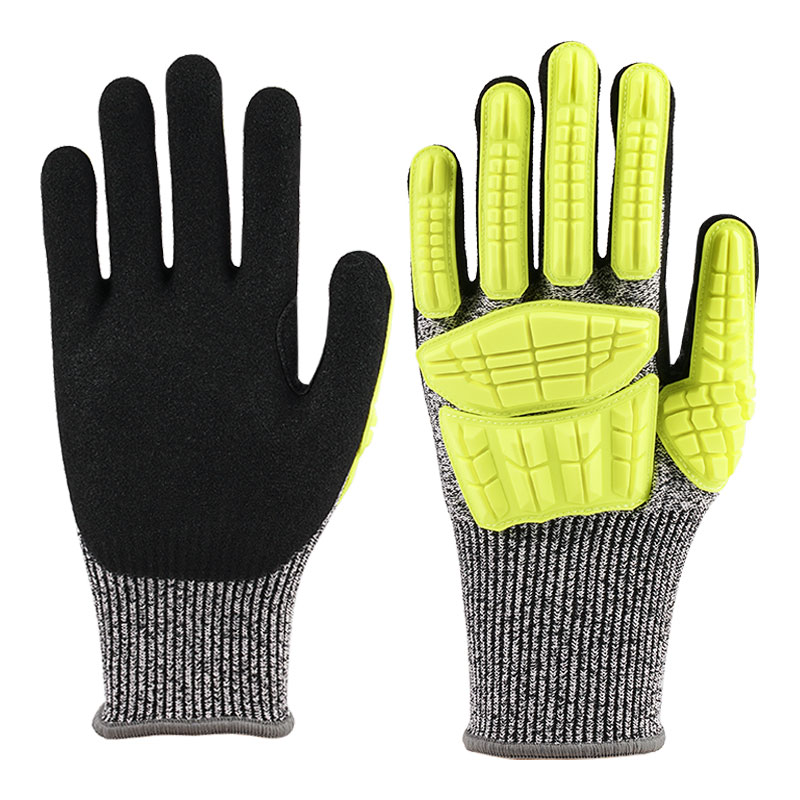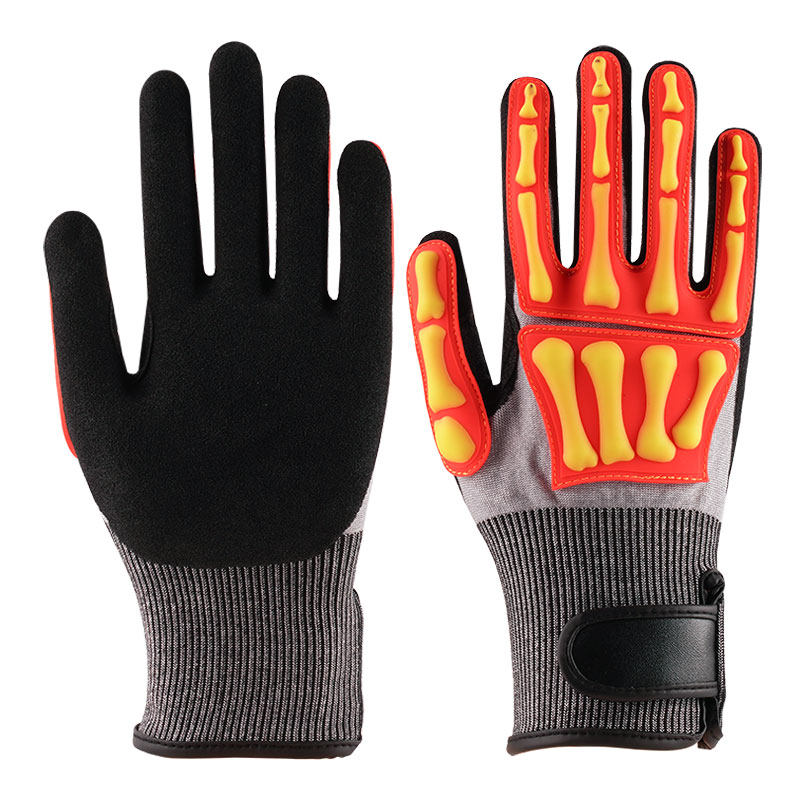Anti cutting gloves are designed to provide an extra layer of protection for workers who are at risk of hand injuries from cuts, punctures, and abrasions. These gloves are made with special materials and construction techniques that make them highly resistant to sharp objects. In addition to their primary function of protecting the hands, anti cutting gloves can also offer additional benefits such as improved grip, dexterity, and comfort.Applications of anti cutting gloves in Different Industries:
Automotive Manufacturing: In the automotive manufacturing industry, anti cutting gloves are not only used to protect workers' hands from cuts and punctures, but also provide additional abrasion and wear resistance. Workers often need to handle sharp metal and machinery during vehicle assembly, metalworking, and body painting. anti cutting gloves are typically designed with these specific needs in mind to ensure that workers can work safely and comfortably in high-risk environments.
Building Materials Production: During the production of building materials, workers may need to handle a variety of sharp materials such as concrete, stone, and metal. anti cutting gloves not only provide hand protection but also prevent production disruptions and personal injuries caused by hand injuries. Especially in cutting, grinding and assembly processes, the use of anti cutting gloves can greatly reduce the incidence of work-related injuries, improve work efficiency and production quality.
Woodworking Industry: Workers in the woodworking industry often need to use a variety of saws, planers, and woodworking tools. anti cutting gloves are typically designed with the specific requirements of woodworking in mind, providing comprehensive hand protection while maintaining sufficient flexibility and maneuverability. Whether cutting wood, processing lumber, or making furniture, anti cutting gloves can provide a safe and reliable working environment for woodworkers.
Aerospace Industry: In the aerospace industry, workers need to handle a variety of complex aerospace parts and materials, such as metal alloys, composites, and plastics. Anti cutting gloves are typically made of advanced materials and designs to ensure the highest level of protection during assembly, maintenance, and overhaul. Due to the specific nature of the aerospace industry, anti cutting gloves may be designed to be anti-static, high-temperature resistant, and anti-chemical corrosion to meet strict safety standards and requirements.
Shipbuilding Industry: Shipbuilding is a challenging industry where workers need to handle a variety of large metal pipes and hull components. Anti cutting gloves play a vital role in shipbuilding, protecting workers' hands from cuts, punctures and crushes. Due to the complexity and high-risk nature of shipbuilding, anti cutting gloves are often designed with features such as water resistance, slip resistance and abrasion resistance to ensure worker safety and comfort in harsh environments.
Mining Industry: Mining is a dangerous industry where workers need to perform a variety of tasks in underground mines or open-pit mines. Anti cutting gloves can provide additional protection in mining operations, reducing the risk of hand injuries to workers, especially when using hammers, shovels and machinery. Due to the specific nature of mining operations, anti cutting gloves may be designed to be dustproof, chemical resistant and anti-static to meet the needs of different working environments.
Fiberglass Manufacturing: The fiberglass manufacturing industry is a high-risk industry where workers need to handle a variety of sharp fiberglass and cutting tools. Anti cutting gloves can protect workers' hands from cuts and punctures while improving work efficiency and product quality. Especially in the production of fiberglass sheets, the manufacture of fiberglass reinforced materials and the manufacture of fiberglass FRP, the use of anti cutting gloves has become a necessary safety measure.

 English
English 中文简体
中文简体








